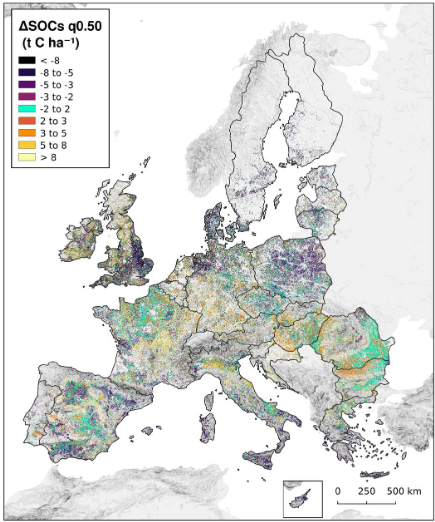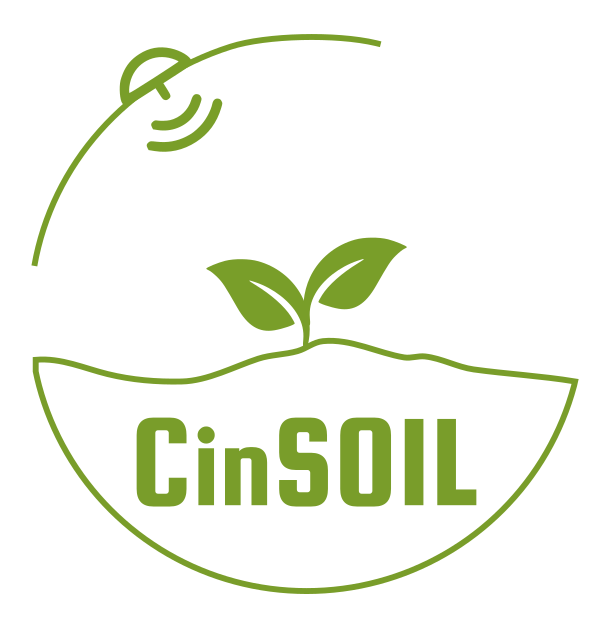A new report from the Joint Research Centre (JRC), the European Commission’s science and knowledge service and the European Environment Agency (EEA) titled “The State of Soils in Europe” published in October 2024 offers a thorough analysis of soil health across the continent, showing that more than half of European soils are in poor condition. This situation reflects a range of pressures, including climate change, pollution, and the depletion of organic matter. Unlike many studies that focus on a single aspect of soil degradation, this publication covers multiple dimensions, from carbon storage to nutrient imbalances, underscoring the need for coordinated actions.
The findings highlight that rising temperatures and changing precipitation patterns are speeding up certain soil degradation processes. Certain regions with intensive agriculture face an overuse of fertilizers, while others struggle with nutrient deficits. These imbalances make it clear that responsible land management is a priority for both short-term productivity and long-term sustainability. The report also notes how land-use practices can either harm or restore soil health, pointing to the rising importance of implementing regenerative agricultural practices.

The SOC content of mineral soils varies across Europe, with the highest levels in woodlands. Croplands exhibit the lowest SOC content, posing challenges to achieving EU climate targets due to ongoing carbon loss. Land use changes, including the conversion of grasslands to croplands, have a significant impact on SOC stocks, highlighting the need for sustainable land management practices. Climate change and land use change are major drivers of SOC change, influencing soil fertility, water dynamics, GHG emissions, biodiversity and resilience to climate change. Mitigating SOC loss is essential for maintaining soil health, agricultural productivity, and ecosystem stability, highlighting the importance of implementing strategies to enhance soil carbon sequestration and minimise soil degradation.
The State of Soils in Europe (2024)
One point that stands out is the possibility of transforming soils into net carbon sinks through careful stewardship. However, this will require consistent monitoring and better collaboration among institutions, farmers, and local communities. The report calls for a stronger regulatory framework, much like the proposed Soil Monitoring Law discussed in our previous blog post, stressing that clear standards and regular assessments are crucial for reversing current trends.
At CinSOIL, we see these developments as an opportunity to further refine deep-tech solutions that measure soil properties accurately and track changes over time. The recent emphasis on new EU laws and guidelines suggests that data-driven approaches will become more important in guiding decisions at every level, from policymaking to on-farm practices. “The State of Soils in Europe” report brings more attention to the urgency of preserving soil health, bridging knowledge gaps, and fostering collaboration across multiple sectors, ensuring soils are properly valued and protected in the path toward a sustainable future. With our solutions, we aim to accelerate the large-scale adoption of carbon farming and regenerative agriculture, making healthy soils a cornerstone for a sustainable future globally.


